10 Path of Champions Tips and Tricks
Hello, it’s Silverfuse here with tips and tricks for Path of Champions!
There are several ways to make your run go smoother as well as giving you the best chance to achieve S ranks on every run.
Although your game plan might change based on your champion, this advice should be useful in most of your runs.
Check out our past and future Path of Champion guides here. Let’s dive in!
1. Identify Your Game Plan
It’s a good habit to look at your deck from the start of your run and identify the win condition. Are you an aggro or tempo deck? Are you a control or combo deck? This can be hard to decide and may change as you draft more cards.
Generally, playing at a high tempo is ideal because most of the bots can’t keep up with it. You also get to finish your games quicker which helps get the S rank Speed Badge easier.
Once you have identified the goal and play patterns of your deck, you should then be asking how do I accomplish this goal? Is it the champion? Is it a specific unit? Generally, you want to be focused on the units more than the champions as it is easier to get multiple copies of followers rather than champions.
Units tend to give you more tempo than champions. However, there are exceptions to this such as Zed is a very high-tempo champion.
Once you have this down and after a few games, you should be thinking about this during your drafts for the rest of the run. What helps my deck do what it wants to do? Should always be a question you think about whenever you make a choice during the run.
2. Elusive Units Are A Free Ticket
Elusive units are absolutely broken in this mode. Putting stats on elusive units is about as good as it gets. They are hard to block which gives you free attacks all game. They also tend to be a low cost which means you can get great tempo with them as well.
Many of them are followers, so you often get offers that give you copies and attachments that give them more power and health. Generally, the larger statted, low-cost, Elusive followers in your deck – the better your deck is.
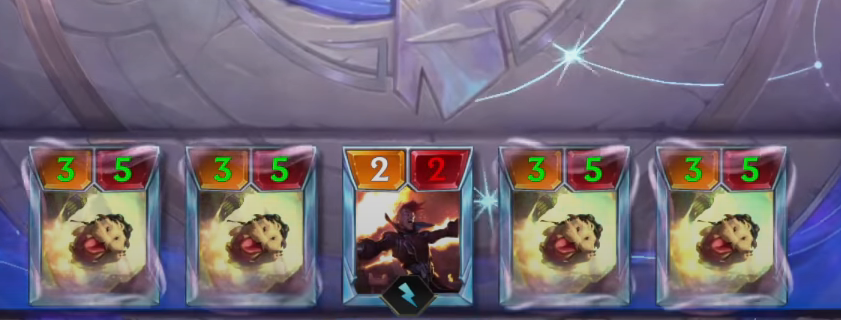
This board of Elusive Poros is pretty much unstoppable at each Poro only costing 1 mana. Since I selected buffing poros multiple times, I have plenty of them in my deck and they are what I mulligan for.
3. Don’t Get Over Attached To Your Champion Cards
Speaking of buffing Elusive units, don’t fall into the trap of believing that champions should always take priority. The reality is, you generally don’t get many champions or champion buffs offered to you compared to followers.
And although some champions have some useful keywords and abilities, they don’t give you the same tempo as low-cost cards that sneak past your opponent’s defenses.
As I mentioned earlier, there are exceptions to this rule where buffing Zed – a very high tempo card can work out. However, this does require a more specific play pattern which can be harder to execute than high tempo elusive units.
4. Lowering The Cost of Your Cards Is Very Strong
The game is often dictated by you out-tempo-ing your opponent. This means that making low-cost cards cost even less makes it easier for you to out tempo your opponent.
For example, turning a 1 cost card 0 mana is incredibly powerful.
If you get multiple 0 cost cards, this makes your turn 1 explosive and in some cases flat-out game-winning. Being able to cheat out extra units by lowering their costs is incredibly powerful and shouldn’t be looked over.
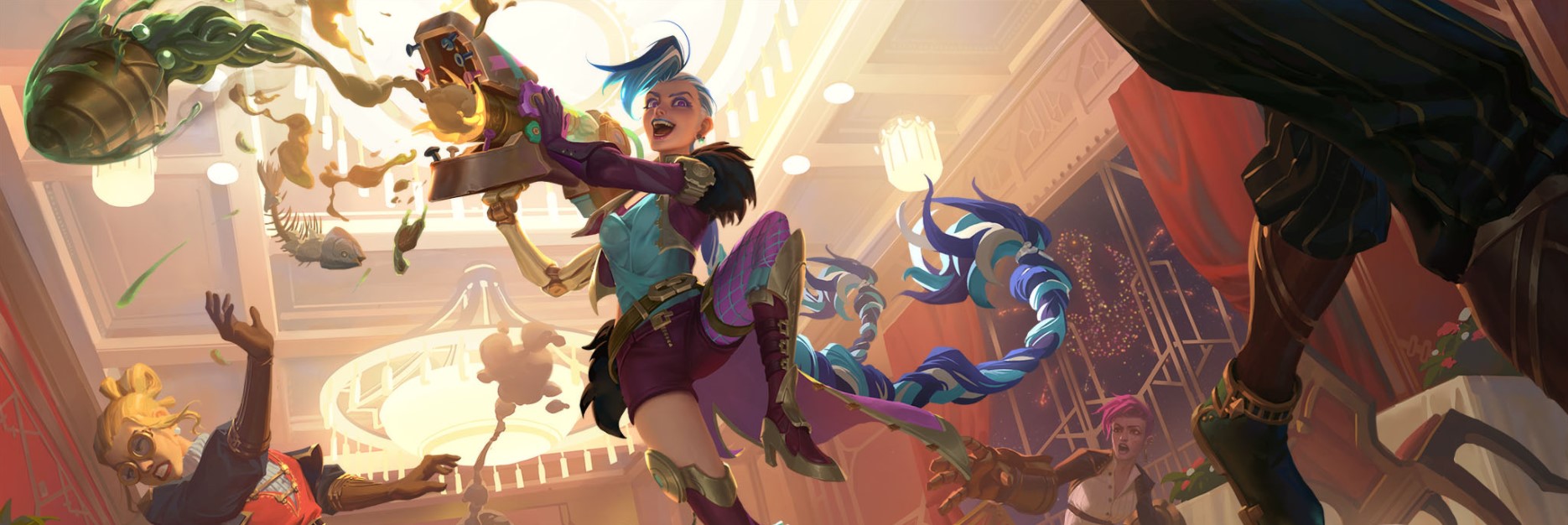
5. Don’t Over Saturate Your Deck
This is an important tip that a lot of players fall into. They open up the shop and see a bunch of shiny, cool cards they want to buy up. Some of them will be bought and almost never played because they don’t fit the deck very well. Don’t get baited by shops with units or items that don’t help you. Be sure to think carefully about the same question we asked at the very beginning – “Does this help my deck do what it wants to do?” if the answer is no, then don’t buy it. If yes then, go get it!
Unfortunately, you will inevitably get stuck with cards that you don’t want in your deck. This is why it is important to cut cards when you have the opportunity. Any card that doesn’t help your game plan should be on the chopping block.
The lower number of cards you have in your deck, the more often you can draw the cards you actually want and need.
For example, say you have 6 powerhouse cards and 40 cards total. You’d much rather have a 35 card deck with 6 powerhouse cards instead. This increases the chances of drawing your good cards while decreasing the chance that you draw one of your weaker cards.
Players often get attached to their cards and their deck when they should be cutting their weakest cards so they can play their more fun, stronger cards more often instead!

This shop looks enticing, but most of these cards won’t help your game plan and just cause your deck to get watered down with low-impact cards.
6. Take Powers That Synergize with Your Game Plan
Choosing your powers can be some of the toughest choices you make in your runs. Often, you will have the choice between multiple strong powers or multiple powers that feel pretty even with each other. Once again, we go back to the question, “Which one of these helps advance my game plan the best?” when trying to decide which one to pick. If you are having a hard time even when asking this question, it is pretty safe to pick the highest rarity power – epic > rare > common.

In this situation, Explosive Entrance is pretty much always okay as long as you aren’t running a spell heavy deck. Most decks have many units though, so this is unlikely to be an issue. After this, if you have a lot of created cards then cost reduction through Wild Inspiration can be really strong.
7. Don’t Focus on Champions To Much When Drafting Reinforcements
You typically get to a point where you get to add an additional champion and recruits to your team. It can be easy to see a champion and pick based on that, but it is also important to look at the other cards you will be adding to your deck.
Say a good champion is with 4 bad cards vs a bad champion with 4 good cards.
In one of these offers, you get 2 good cards and 4 bad cards. In the other offer, you get 4 good cards and only 2 bad cards. You have to decide if the champion is really worth it or not. In most cases, the answer is no. You want your deck to be filled with good cards.
It is unlikely although not impossible that 2 champions won’t be good enough to make up for 4 bad cards added to your deck. Make sure you are evaluating the recruits as a whole and not just the champion!
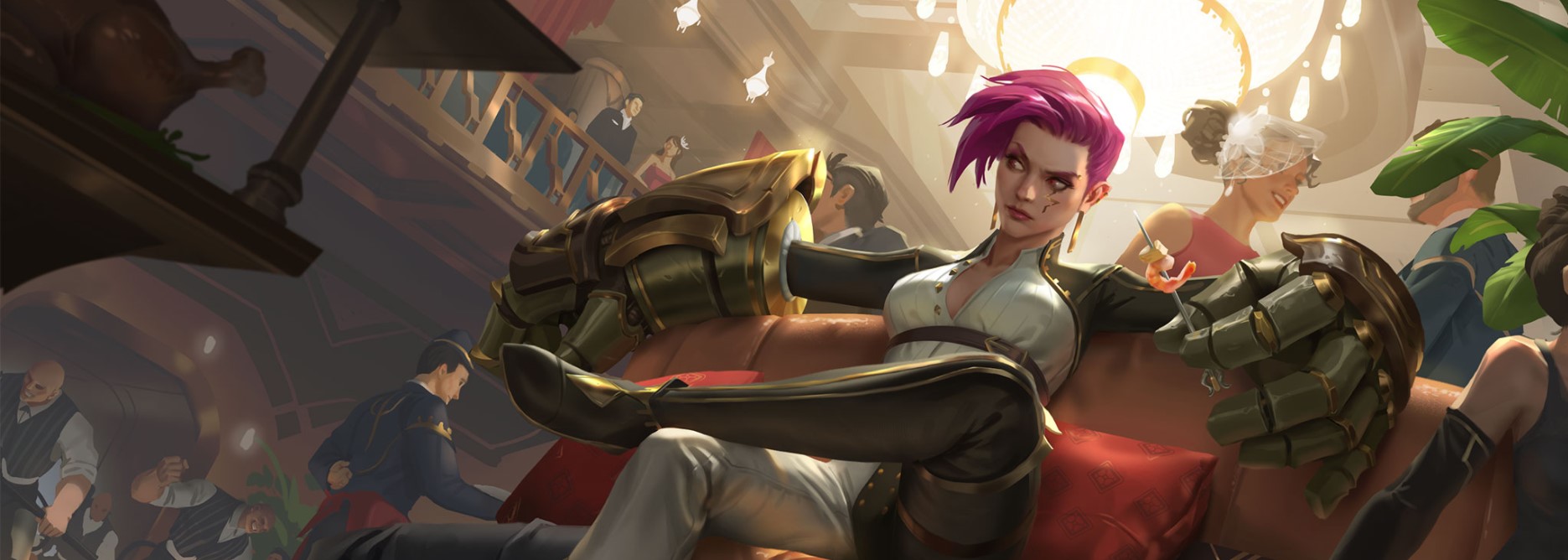
8. Read Your Opponent’s Powers Every Game
It’s good to know what to expect each game and formulate a game plan. One of the best ways to do this is to read your opponent’s powers each game and to carefully think about your mulligan.
If you are playing with low-cost Elusives, then your game plan doesn’t change too much and you are mulliganing for those.
If not though, you are generally mulliganing for low-cost units to get high tempo. There are some exceptions to this rule such as fights where both players start with extra mana.
This is exactly why it is important to always read the opponent’s powers because sometimes it impacts both players and not just the opponent.
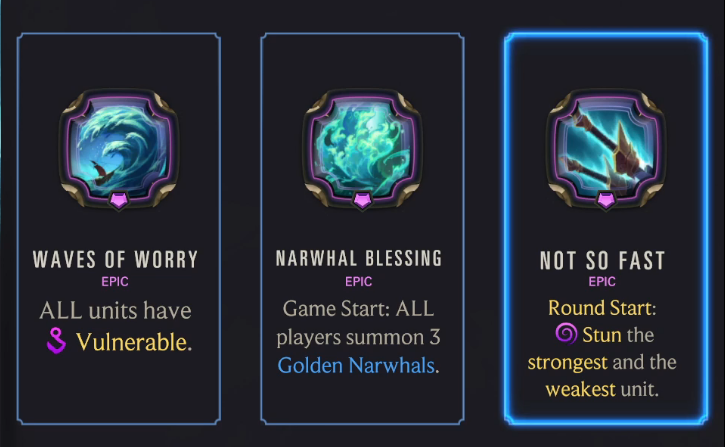
Speaking of reading your opponent’s powers every game, make sure to read your options carefully as well. You can see that in the first two options, ALL is in all caps to remind you that it isn’t one-sided! Make sure to pay attention to this for any of the powers whether they are yours or your opponent’s.
9. Healing Cards Make It Easier to Survive
Some shops will offer cards that have an attachment where you can heal for 3 health. This attachment is useful as your health carries over from battle to battle.
As well if you are searching for an S Rank in the Skill category, you will want to keep yourself healthy each round so that you don’t need to heal from a Healer or from a miniboss which will automatically give you an A rating instead. More on how to get S rank for every badge later in the article!
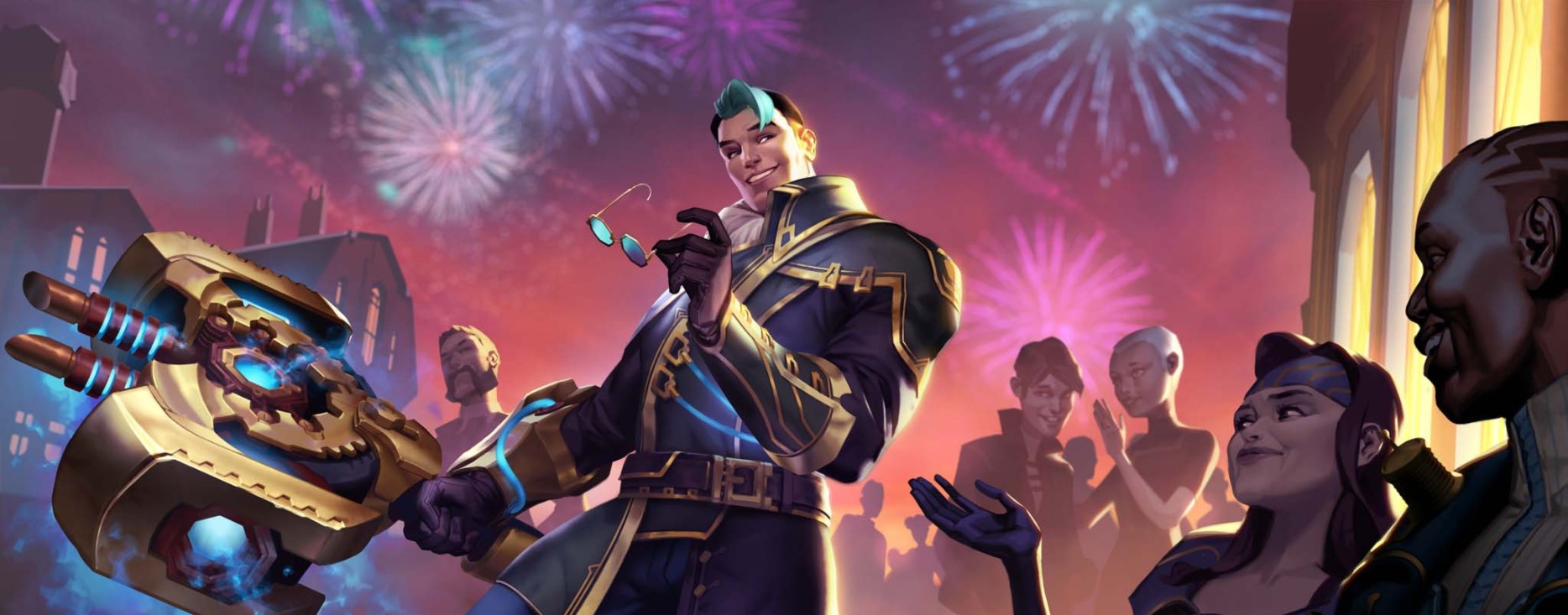
10. Keep Track of Your Deck
Your Deck is always changing. You’re adding new cards, taking out others and adding different attachments, and reducing costs. You will want to take a peek at your deck constantly throughout your run to remind yourself of your game plan and what your power cards are. Keeping track of your deck allows you to understand it better as well as identify game plans and winning lines easier.
There is no point in going into it blind when you can just take an extra second to remind yourself of what your deck looks like and what you should be mulliganing for to play on your early turns!
Bonus Tip: How to get S Rank for everything
There are three ranked badges for the end of each run. They include Skill, Speed, and Wealth. Each has its own requirements to be able to get S rank on it.
For health, you must not die. You also cannot take healing from a healer. You also can’t heal from a miniboss. An example of this would be Caitlyn in the tutorial is a miniboss who heals you after you defeat her. However, you can heal with cards in-game without being punished.
Speed is the next badge. This one is very straightforward. You must be under 25 minutes to get an S. If you hit 25 mins then you will receive an A. 25 minutes is the cut-off to get an S.
Wealth is the final metric and this is a hard cut-off at 900 gold. This means total gold that you received, not how much you have left after spending. So feel free to spend your gold, but make sure your total gold is 900 if you are looking to get an S in this category.
Thanks for reading until the end! I hope you will be able to finish your Path of Champions runs with ease and also a lot of fun! Maybe even get SSS for your ranks too! Have fun and happy playing!
Thanks for reading! If you have any questions, feel free to ask Silverfuse during her streams (usually daily from 2-6PM CST).
Catch Silverfuse live at www.twitch.tv/silverfuse
Subscribe to our newsletter:
Don’t miss out on all of the latest LoR content!
 Download APP
Download APP